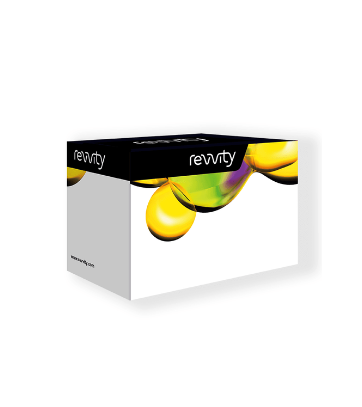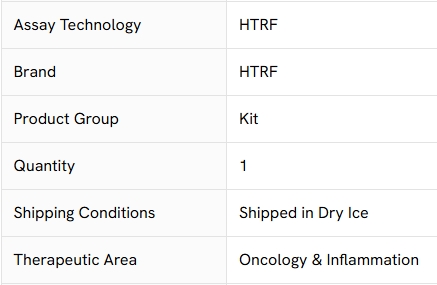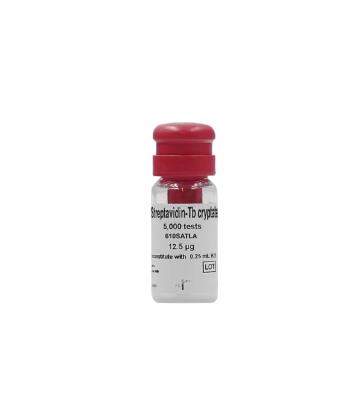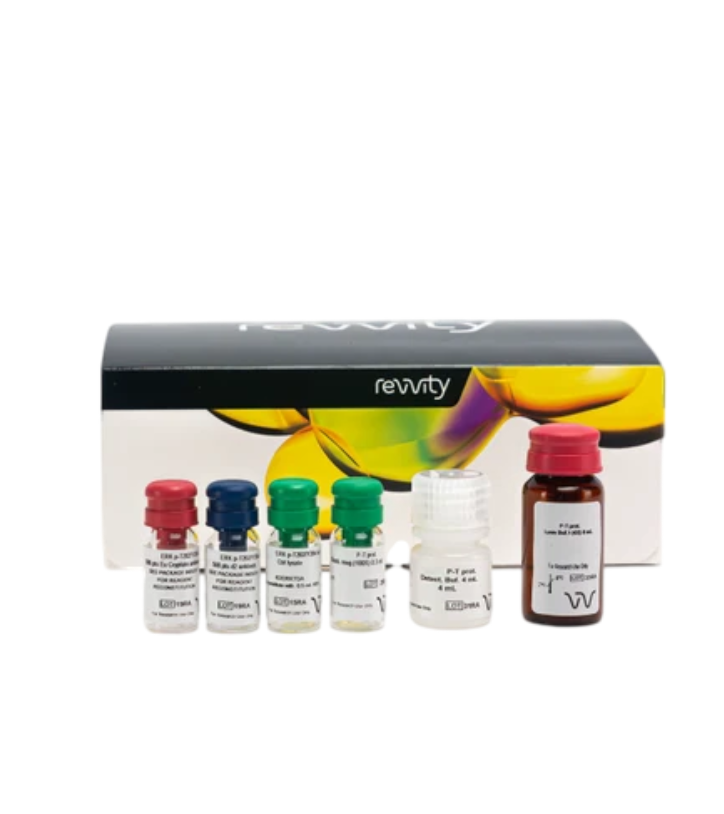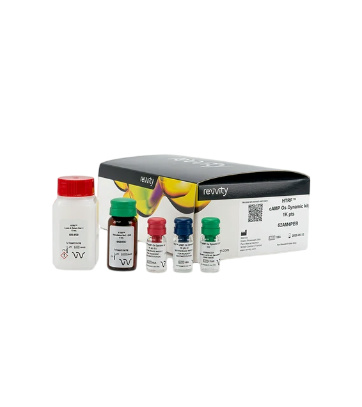
Shanghai Weichi Instrument Co.,
(Shanghai·Suzhou· Nanjing·Hangzhou)
2nd Floor, Building 13, Pudong International Talent Port, Lane 999, Huanke Road, Pudong New Area, Shanghai | 400 - 820 - 3556
Unit 08, 5th Floor, Building 21, No. 388 Xinping Street, Suzhou Industrial Park, Jiangsu Province | 0512 - 65107980
Room 609, Building 3, Yuhuaketing, No. 109 Ruanjian Avenue, Yuhuatai District, Nanjing, Jiangsu Province | 025 - 83531339
Room 1005, Building 1, Jiabao Kechuang Center, No. 519 2nd Avenue, Qiantang New Area, Hangzhou | 0571 - 86630817

